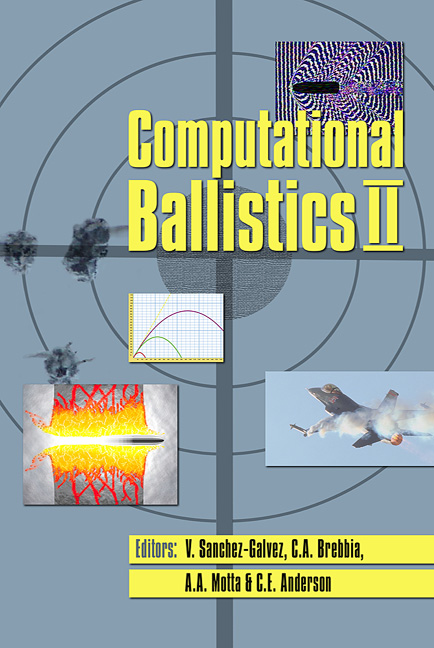Resistant Performance Of Perforation Of Layered Targets Using An Estimation Procedure With Marine Application
Price
Free (open access)
Transaction
Volume
40
Pages
11
Published
2005
Size
533 kb
Paper DOI
10.2495/CBAL050191
Copyright
WIT Press
Author(s)
C.-C. Liang, T.-L. Teng & P.-W. Wu
Abstract
This paper presents a semi-empirical method to study the resistant performance of perforation in protective structures for fragment effects, such as residual velocity after penetration of structures between source of explosion and the target. An estimation procedure is established based on the concepts of the conservation of momentum, impulse-momentum law, and conservation of energy. Experimental results of the test of Almohandes et al. are adopted to check the residual velocity of multi-layered targets. The results of the verification are good in terms of agreement for impact velocities ranging from 700 to 800 m/s, when the ratio of the projectile length to the projectile diameter (i.e. L/D) is 4.2, and the average residual velocity error of single, double- or triple-layered targets range approximately from 4.42 to 8.40%. The ballistic performance is best for the double target when the ratio of the first layer thickness to the total thickness (i.e. t1/(t1+t2)) is about 0.75, and the worse performance occurs when the ratio t1/(t1+t2) is 0.5. An air gap slightly influences the resistant performance of perforation in multi-layered targets. These results may serve as a useful reference for designers. Keywords: projectile, impact, penetration, perforation, multi-layered targets.
Keywords
projectile, impact, penetration, perforation, multi-layered targets.




